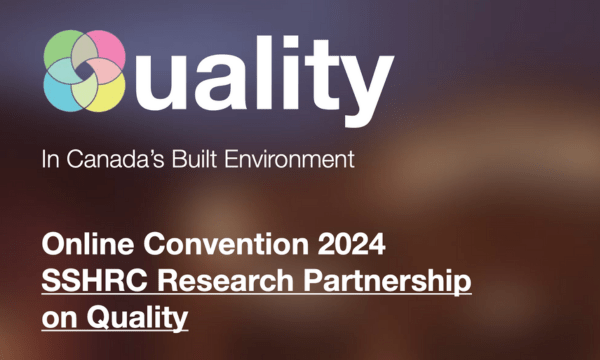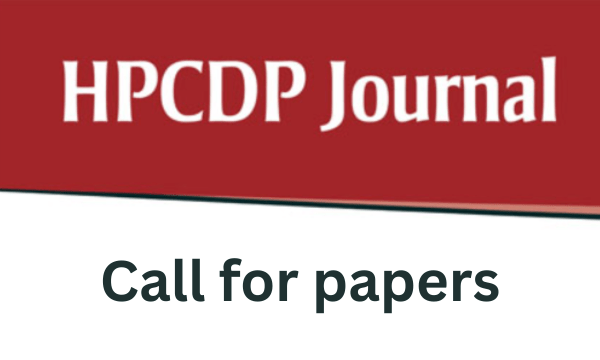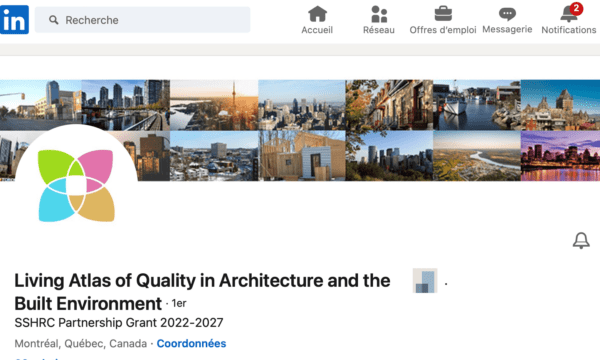Since 2022, each of the 14 research teams across Canada has been alternating between understanding the reasons and impacts of specific and often overlooked “barriers to quality” as well as formulating a path to effective changes, which we have called a “roadmap to quality.”
During the November 2024 online convention, the teams presented updated versions of their roadmap, including a preliminary list of actions meant to reach specific objectives to raise the bar of quality. Some of these actions were tested locally, sometimes at the pedagogical, professional or municipal levels.
For the Toronto 2025 National Convention on Quality, considering we are now heading toward the conclusion of the partnership on quality, two sets of requirements will be considered.
1 – How do updated roadmaps already offer strategies for intervention and quality improvement at the local level? We will exhibit the new versions of the 14 roadmaps and ideally share short videos explaining these roadmaps to the wider audience.
2 – What aspects of the roadmaps could become part of a national strategy on quality?
We therefore collectively need to commit to a first series of “national actions to raise the bar on quality.” The following process is meant to coordinate our efforts, including those of national partners (RHF, RAIC, PSPC, etc.) here understood as the “15th team.” If each of the 15 teams manages to recommend at least 3 concrete and well-thought-out actions, the white book that will be discussed at the Toronto Convention will therefore comprise at least 45 ways to change the current situation in Canada’s built environment.
- What National Relationships do each of the 14 sites identify as crucial to achieving their goals?
- What value proposition do National Bodies (15th team) bring to local implementation of Quality in the built environment?
Objective of the white paper on quality:
Constitute a detailed list of short, medium, and long-term recommendations for national actions to be conducted, at the pedagogical, professional and or procurement levels, toward a national strategy to improve the quality in Canada’s built environment.
Schedule proposed by the steering committee
Preparation:
- January 20, 2025 (13h00 ET)
Q&A Session about the white paper initiative
A brief Q&A session about the white paper will be held on January 20th, providing an opportunity for all interested partners to gain a deeper understanding of the initiative. During the session, the objective and development process of the white paper will be explained in detail. Additionally, partners will have the chance to ask questions and seek clarification to ensure a clear and collaborative approach moving forward.
- January – February 2025
Identifying 3 actions per site for a national strategy
In January and February 2025, each research site is tasked with bringing together researchers and partners at a special roundtable to recommend at least 3 concrete actions that could be included in a white paper designed as a national strategy to enhance the quality of the built environment in Canada. These actions should be informed by the local experiences of the research site and discussed in a roundtable organized before the end of February. The list of national actions should be agreed upon during this recorded roundtable. It is essential for partners to participate in the development and approval of these actions. For this purpose, we kindly request that you share a list of all partners who have played an active role in developing these actions.
NB. Please note that this list should not concern the actions undertaken or planned by the sites, i.e., at a local level (i.e. you have organized a studio or a debate). They are recommendations for actions to be implemented in all Canadian contexts concerned by the quality issues considered by the 15 teams. We are therefore moving toward possible generalizations at the national level.
- March 2025
Receiving feedback on action lists by the steering committee (and at least 2 other sites)
Representatives of the steering committee take part in alternating working meetings with the research sites. During each of these meetings, 3 research sites will present their list of three actions and discuss those with the other sites present and the members of the steering committee.
This meeting will identify potential common ground between the sites, categorize the actions, identify repetitions or contradictions and ensure that all sites converge on a common understanding and representation of the white paper on quality.
The SC will make a first inventory of all the actions and distribute a “provisional book of recommendations for quality enhancement actions” to all the partners at the beginning of April 2025.
- March 2025/April 2025
After reading the provisional workbook, the 15 teams have 2 weeks to confirm or adjust their recommended national actions and adjust their specific strategy for implementation as a roadmap to quality. On April 15, each site sends their adjusted list of recommendations of actions to the convention organizing committee.
The lists are compiled and formatted into a “preliminary white paper” to be distributed to all participants and partners just before the 2025 Toronto Convention. The convention will be the ideal place to debate these actions and modes of implementation.
What is an ‘action to quality’?
In the context of a preliminary definition of a white paper on quality for the Toronto Convention, an action refers to a concrete and strategic initiative aimed at enhancing quality and challenging the status quo. If both the content and structure of such a white paper will be discussed at the convention (i.e. a white paper on education, a white paper on practice, etc.), it is important to stress here that however, and unlike guidelines, which provide general recommendations, an action is a deliberate and transformative process designed to create tangible change. Actions should be measurable and adaptable to different contexts to drive meaningful progress toward enhancing quality in Canada’s built environment. These actions can be developed for either pedagogical, professional and or procurement situations and processes. As our partnership gathers four types of actors, some of the proposed actions can be addressed or carried out by at least one of these types of stakeholders: citizen groups, professionals (as well as professional organizations and or industries), public servants and academics (including students).



